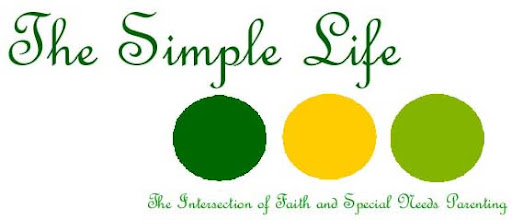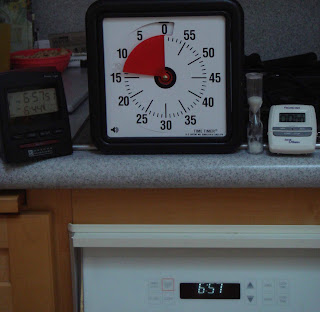Trisomy 18 (also known as Edwards Syndrome) is the second most common form of trisomy, and occurs in 1 in every 3,000 live births. Because of the physical complications associated with Trisomy 18, many affected babies die before or shortly after birth.Affected males have a higher mortality rate than females. Most children (90%) die before the age of two months. However, some (mostly females) can live into their twenties and beyond, though they require assistance with daily living.
Trisomy 18 can be diagnosed prenatally. There are two levels of testing. The AFP or triple screen is a blood test that indicates statistical risk of Trisomy 18 (or other disorders) being present in a developing baby. This is not a specific diagnosis, but a "screening" test that may suggest further tests are advisable. Only about 11% of those with a "high risk" AFP result will go on to a confirmed diagnosis. Ultrasound is another method for screening. It may indicate physical differences in the baby, but the cause of those differences would be indeterminate. CVS (samples the structures that connect the pregnancy sac to the uterus) and amniocentesis (samples the amniotic fluid surrounding the developing baby) examine genetic material and give a more definitive diagnosis. There is a risk of miscarriage from these procedures. Following pre-natal diagnosis it's important to discuss the results with a genetic counselor who can explain what the results mean. I think it's also important to find resources and parents who have already lived with this disorder and know what you may be feeling and experiencing.
Each individual with Trisomy 18 may have a different combination of medical and developmental challenges. As with other forms of trisomy, in addition to the full Edwards Syndrome there is Partial Trisomy 18 (where only a portion of the chromosome has an extra copy) and Mosaic Trisomy 18 (where not all of the cells contain the extra copy) but these forms are less common, and each has similar potential challenges, including:
- Heart defects - a hole between the upper or lower chambers, or narrow aorta.
- Kidney problems
- A portion of the intestinal tract may be outside the stomach
- The esophagus may not connect to the stomach
- Clenched hands
- Pocket of fluid on the brain
- Rocker bottom feet
- Delayed growth
- Severe developmental delays
- Umbilical or inguinal hernia
For more information:
Visit Susan's blog (buddzoo.com, where she shares her story of caring for her 3 year old daughter who has Trisomy 18. Susan also moderates a facebook group for families of Trisomy 18. (see comments below)
Visit the Trisomy 18 Foundation here.
Read stories from parents and family here.


